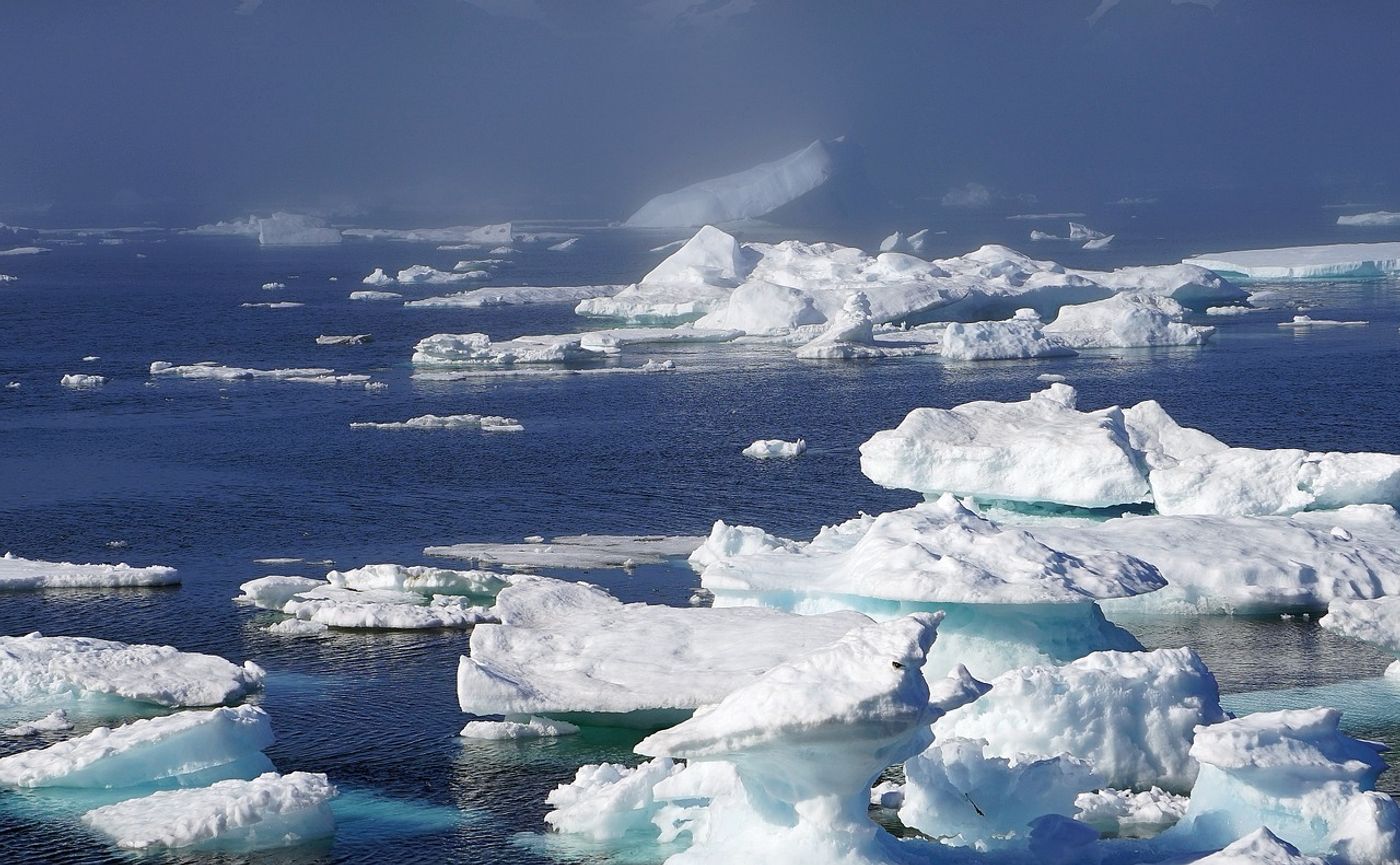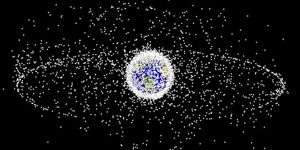Antarctic Sea Ice Took a Record Plunge in 2014
While attention has been focused on climate-related changes occurring in the Arctic, a dramatic turn of events happened with floating Antarctic sea ice throughout the Southern Ocean. Claire L. Parkinson—scientist and climatologist at NASA’s Goddard Space Flight Center—recently published an analysis of 40-years of satellite observation to quantify changes in Antarctic sea ice coverage.
Her report, published this week in Proceedings of the National Academy of Sciences, shows that for nearly 40 years there was a gradual, but steady increase in Antarctic sea ice extents—until 2014. From 2014 to 2017, the trend reversed, and sea ice extent declined more rapidly than any rates experienced in the Arctic. Parkinson summarized the rates of decline after 2014 as, “three times faster than the most rapid melting ever recorded in the Arctic.” In a statement to The Guardian, she said, “The Arctic has been a poster child for global warming…all of us scientists were thinking eventually global warming is going to catch up in the Antarctic.”
Yearly average Antarctic sea ice extents since 1978 reached a record high in of 12.8 million square kilometers (4.9 million square miles). By 2017 it dropped to a record low of 10.7 million square kilometers (4.1 million square miles). The difference between the 2014 high and 2017 low is estimated to be “an area bigger than the size of Mexico.” In the report, Parkinson states that the decreases in sea ice extent “essentially wip[ed] out the 35 years of overall ice extent increases in just a few years.”
Compared to what has been occurring in the Arctic during the past several decades, scientists are puzzled by the nearly 40-year steady increase in Antarctic sea ice. They’ve offered explanations that include ties to the hole in the ozone layer, the El Nino Southern Oscillation, the Interdecadal Pacific Oscillation, the Amundsen Sea Low, or basal meltwater from ice shelves.
As for the rapid declines in Antarctic sea ice over the past few years, Mark Sezzere—director of the National Snow and Ice Data Center—told The Associated Press in an email that, “things have been crazy.” He and other experts are unsure if this is a natural occurrence that will reverse once more, or if global warming has caught up to Antarctic sea ice.
Parkinson’s report concludes with a reminder of the interconnectedness of the global climate system and states that this sea ice retreat is an illustration of that. She hopes that further studies will unravel the reasons for the rapid sea ice decline, as well as the overall increases from the late 1970s to 2014.
Sources: PNAS, The Guardian, AP News









